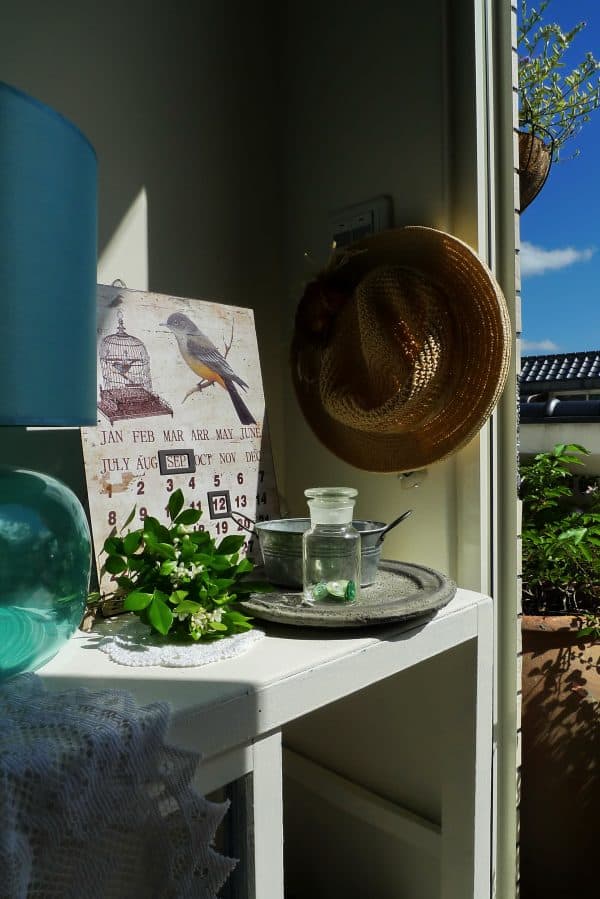Like a business that plans its website content calendar, homeowners need to prepare a garden calendar that lists garden tasks month by month.
Let’s look at the first six months of the year to see how you keep busy working on your garden.
January
You do not have to withstand harsh winds and brutal cold to perform garden tasks during January. This is the ideal month to plan your garden activities for the rest of the year. Decide which types of fruits and vegetables you want to plant and grow, as well as where you want each plant to grow in your garden. January represents a good month to hose down your drive and pathways to remove moss and other plant stifling organic material.
February
Start working with your plotted plants to create robust plants ready for spring placement in your garden. Replace the top layer of garden soil with fresh compost to ensure a rich nutrient base of nitrogen, phosphorous, and potassium. Prune bushes and shrubs in anticipation of rapid growth when the temperature begins to rise. The most extensive garden task for February involves weeding the entire garden.
March
March typically ushers in the first breath of spring air. This is an excellent time to rake the lawn and garden, and aerate the soil. Aeration promotes root growth for grass and plants. Mow the grass if it needs cutting, but remember never take off more than 30% of grass blades. Add fertiliser to the flowerbeds to enrich the soil with nutrients.
April
Use the month of April to pause and analyse the result of you hard work during the first three months of the year. If you discover bare patches on your freshly mowed lawn, push grass seeds into the barren ground to create a beautiful lawn by summer. Pin back roses and climbing plants to the supports you have stuck into the ground. April is also warm enough to relocate bushes and hedges.
May
This is the month to spray potted plants using a fine mist that does not damage plant stems and flower petals. By this time in the growing season, you can expect to mow the lawn one time per week. Cut the lawn in opposite directions each week to foster the growth of thick grass. You will need to prune bushes and hedges, as the warmer weather sparks rapid branch growth. Inspect the plants in your garden for the presence of slugs and snails. Remove the pests and take them to a water source far away from your home.
June
By the middle of June, you should have placed hanging plant baskets on the wall for everyone to see. The advent of summer is the time to move plant containers outside to benefit from the much warmer air. Implement measures that shade plants to prevent extremely hot weather from inhibiting growth or worse, killing the plants. Your plant watering schedule should move to early mornings or late evenings to avoid quick water evaporation caused by hot temperatures.



